Alrighty. We're going to take a stab at this one more time. If you want to play along, go read Brave Irene by William Steig, try your hand at the story chart, and come back and read this post when you are finished. Did you come up with the same analysis or something different? I’d love to hear about it. {grin}
It has been a couple weeks since our last Book Detectives meeting, so I’m winging it a little on the review.
Last month we talked about the various types of conflict. This month we wanted to focus in on protagonist and antagonist. Brave Irene was the PERFECT book to illustrate this new concept for the kids. After we read the story, I closely followed the discussion about protagonist and antagonist from Deconstructing Penguins (because I’m original like that). I asked if anyone knew what a protagonist was. We got some good guesses: the good guy, the person telling the story… I told everyone that a protagonist is the person trying to move the action forward, and the antagonist is the person (or thing) holding it back. We talked about some real life examples (again, the ones in Deconstructing Penguins).
We set up our story with the exposition (and I spelled resilient incorrectly).
We used the question ‘What does Irene need or want?’ to identify the conflict. In this book the conflict is an actual physical struggle, with Irene trying to move forward and the wind pushing her back and the snow making it difficult for her to walk. It was easy to see Irene as the protagonist trying to move the action forward (get the dress to the duchess) and the wind and snow pushing the action back.
We talked again about the climax being the first moment we know the conflict will be resolved (even if only in hindsight). It’s the turning point of the story. Irene’s rush down the hill on her box-sled was a terrific way for the author to build up a sense of increasing motion (forward!) and excitement right before reaching the climax of the story: when Irene sees the dress near the palace.
Then we moved on to the denouement. What happens next? Are some loose ends tied up?
And the conclusion. I liked how the story seemed to come full-circle in this book. Irene started out in her cozy home with her mother, who wasn’t feeling well and needed to get a dress to the duchess. (That is an awkward sentence, but I’m tired and my brain isn’t functioning.) She ended up back in her cozy home with a doctor for her mother and treats from the duchess.
The theme is the heart of the story. It is what the clues lead us to discover. It is what the author is really trying to tell us. Picture books often give some obvious clues. This time it was in the title. Bravery. Courage and determination.
The kids wanted to talk about the conflict from the very beginning. Man vs. Nature!! It was a nice change from the
Man vs. Society conflicts in the previous two books. We reminded everyone that Man can be any human, or even animals that are given human traits. We pointed out the personification of the wind in this story, as well.
That about wraps it up. Interesting? Helpful? Or did we get it all wrong? {poor guinea pig children}


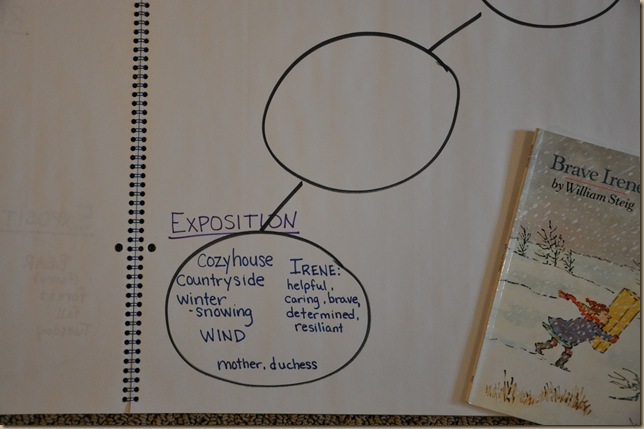
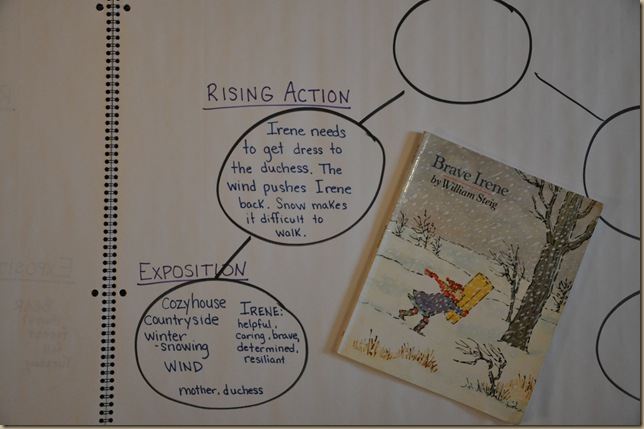
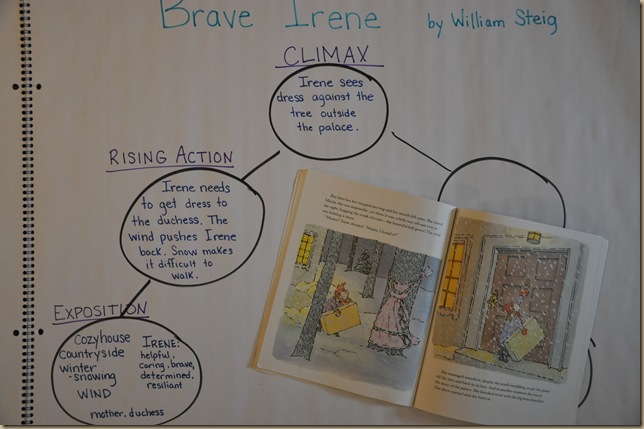
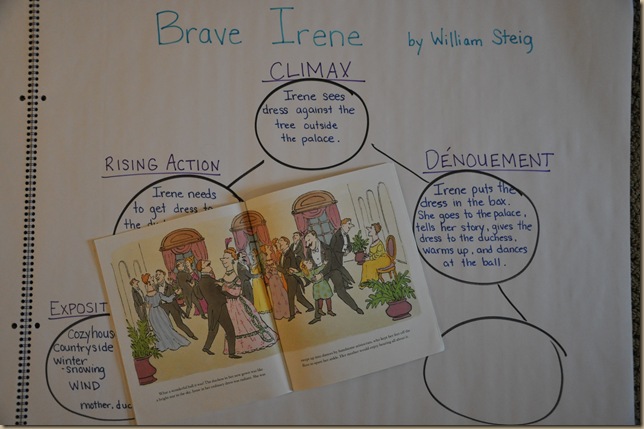
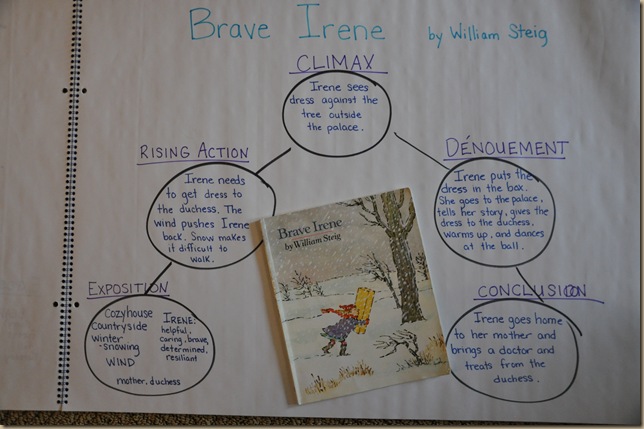
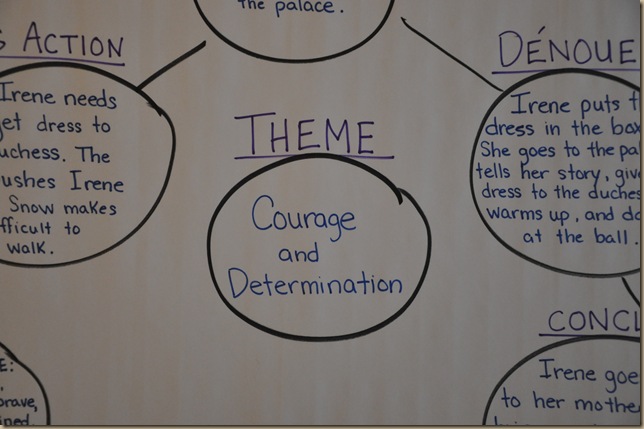
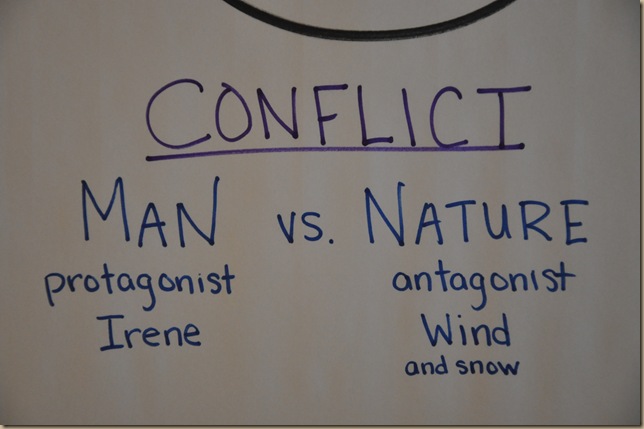
4 comments:
hi heidi....love these! very helpful AND interesting. thanks for all your hard work and the reminder to do this more! i'm definitely putting this in our lesson plans as well as incorporating it with some sheets i still have from my elementary teaching days (in a school, where i got paid - you know, my other life years and eons ago) that deals with bloom's taxonomy. it covers the areas of knowledge, comprehension, application, analysis, synthesis, and evaluation. we used to use the ideas on these sheets after my class read a book. the kids always had fun with it, but i'm doing it less and less with my own. time to get back to it!
connie
There are also tons of figurative language examples that are used in this book.
Thank you for continuing to post these. I love reading through them.
Thank you for posting these! I can't wait to read and do this with my son next year...might even start a group...if I get brave ;)
Post a Comment